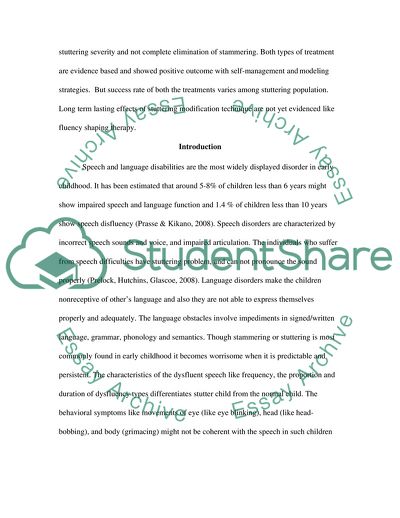Cite this document
(Fluency Interventions in Speech-Language Therapy Coursework, n.d.)
Fluency Interventions in Speech-Language Therapy Coursework. https://studentshare.org/education/1725515-discuss-the-relative-advantages-and-disadvantages-of-two-different-approaches-in-fluency-intervention
Fluency Interventions in Speech-Language Therapy Coursework. https://studentshare.org/education/1725515-discuss-the-relative-advantages-and-disadvantages-of-two-different-approaches-in-fluency-intervention
(Fluency Interventions in Speech-Language Therapy Coursework)
Fluency Interventions in Speech-Language Therapy Coursework. https://studentshare.org/education/1725515-discuss-the-relative-advantages-and-disadvantages-of-two-different-approaches-in-fluency-intervention.
Fluency Interventions in Speech-Language Therapy Coursework. https://studentshare.org/education/1725515-discuss-the-relative-advantages-and-disadvantages-of-two-different-approaches-in-fluency-intervention.
“Fluency Interventions in Speech-Language Therapy Coursework”. https://studentshare.org/education/1725515-discuss-the-relative-advantages-and-disadvantages-of-two-different-approaches-in-fluency-intervention.


